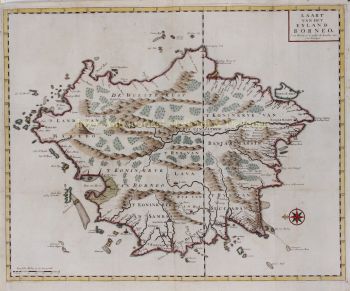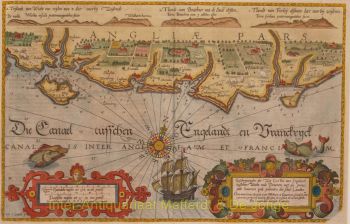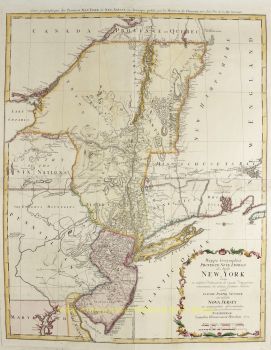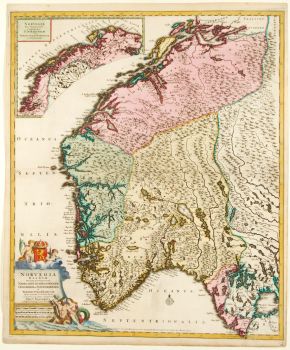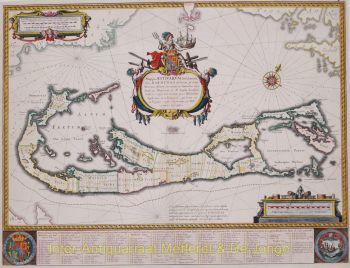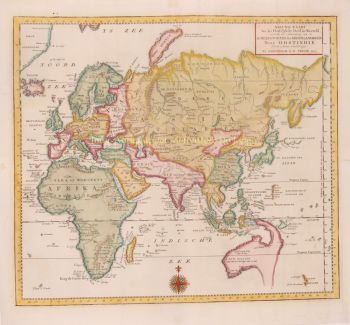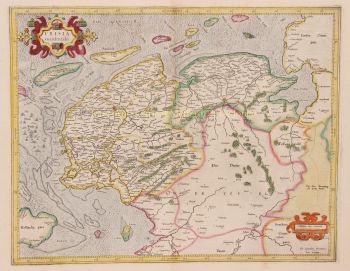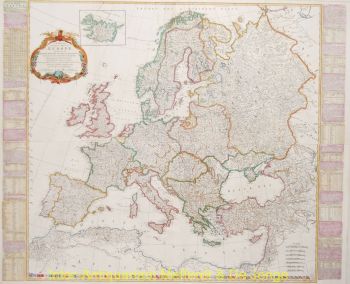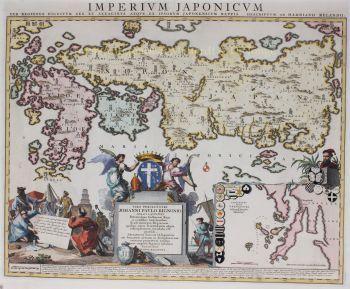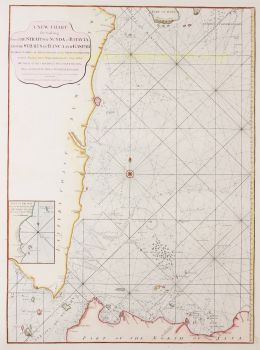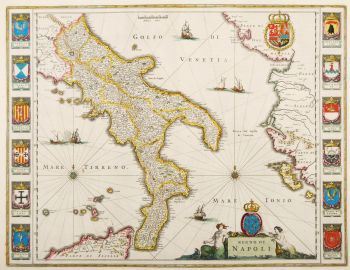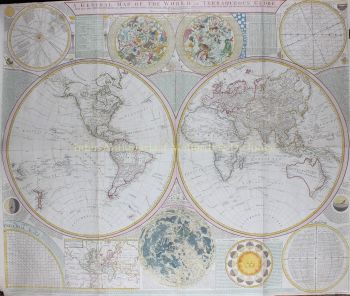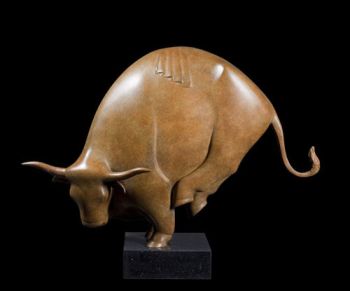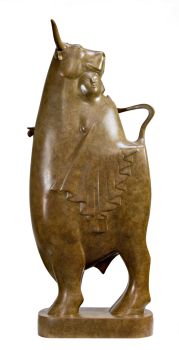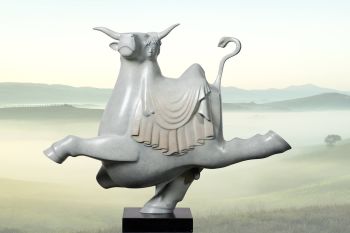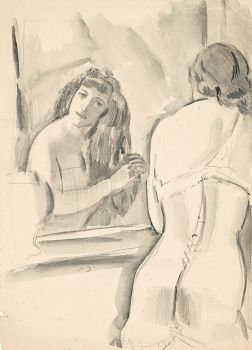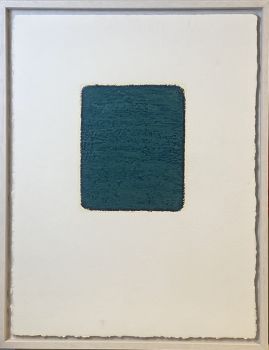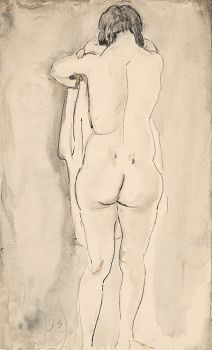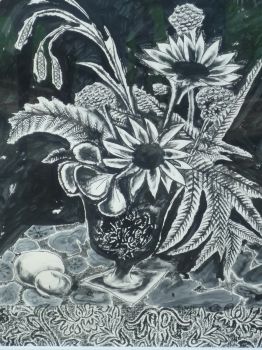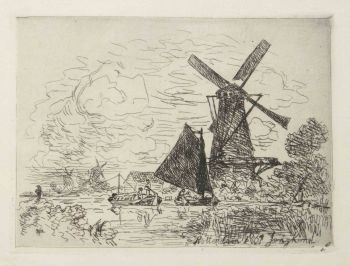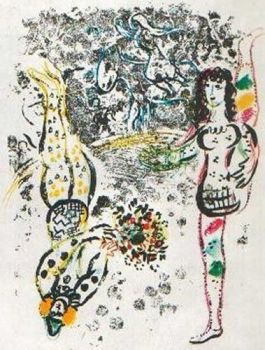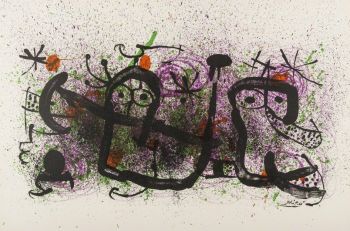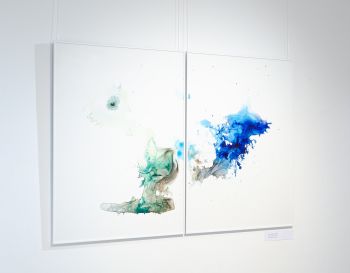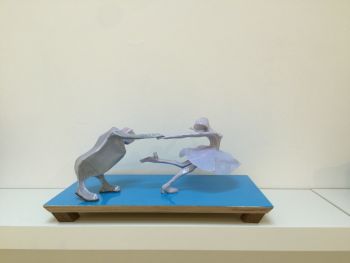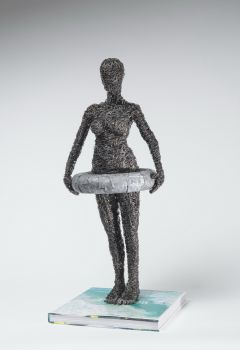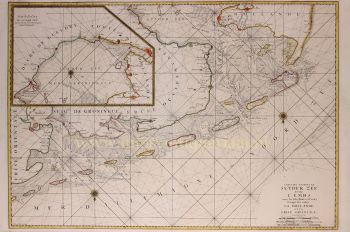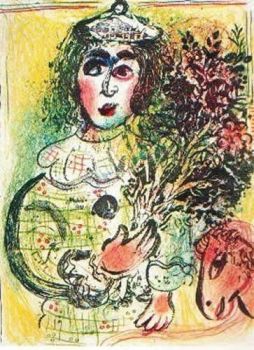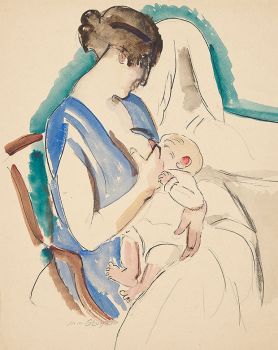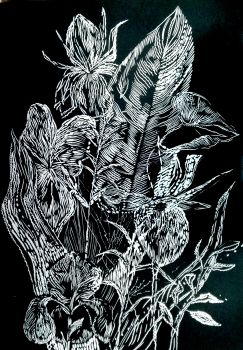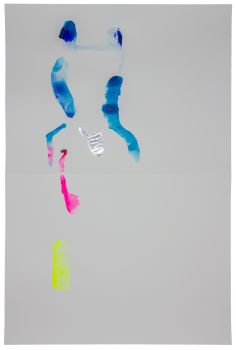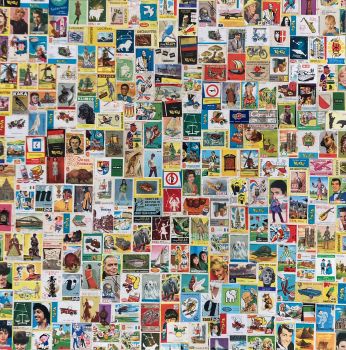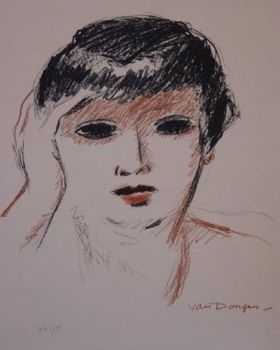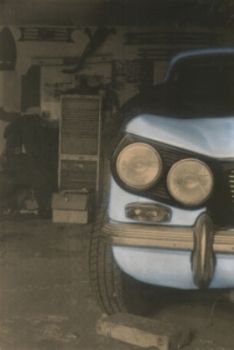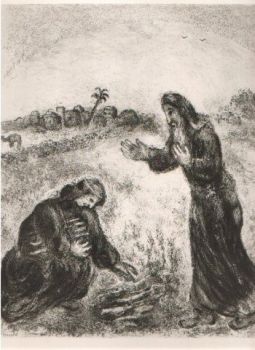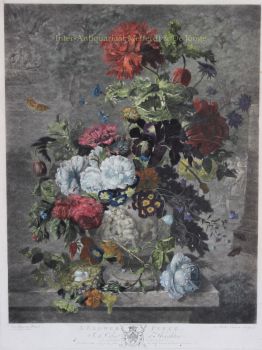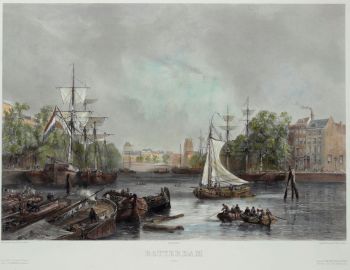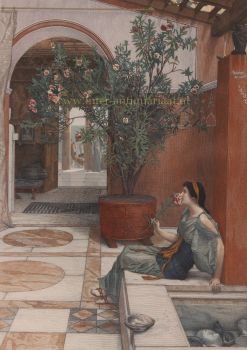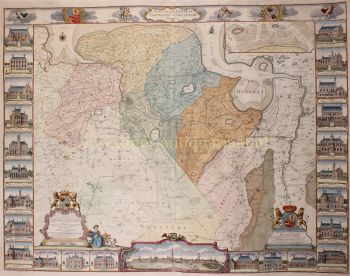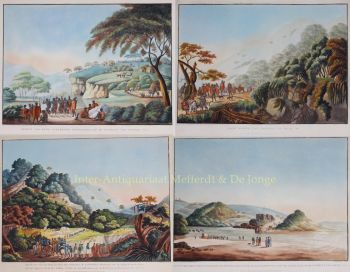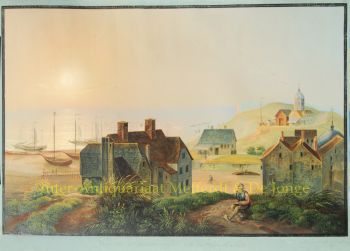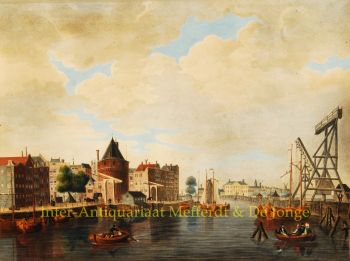Europe 1708
Herman Moll
Papier
58 ⨯ 96 cm
€ 1.350
Inter-Antiquariaat Mefferdt & De Jonge
- Sur l'oeuvre d'artBEAUTIFUL LARGE FORMAT MAP OF EUROPE “Map of Europe according to the newest and most exact observations” Copper engraving printed from two plates first printed in 1708, here by John and Thomas Bowles for Herman Moll's “New and Compleat Atlas”. Original hand colouring (with later additions?). Size: 58 x 96 cm. The map is dedicated to queen Caroline of Great Britain, of whom we see a portrait, her coat of arms and 4 ornate figures, including two American Indians, an Englishman carrying a Union Jack and an Ottoman in turban and robe, all decorating the cartouche. Caroline of Ansbach (1683-1737) spent her teenage years at the Prussian court in Berlin, renowned for its patronage of artists and architects and its lively intellectual life. Caroline was surrounded by a circle of writers and intellectuals, and shared with them a taste for the visual arts. Her intelligence and keen interest in science and art was recognised in her own lifetime. Caroline was also a keen collector of miniatures, cameos and intaglios. Caroline was wife to George II, and became Queen of Great Britain on his accession in 1727. No surprise this map was decorated with her miniature portrait. The map includes an inset showing the canal which Peter the Great had dug that connected the Volga and the Don, thus connecting the Caspian and Black Seas. A dotted line illustrates the route from the place where the Don and Volga meet, through the Black Sea, through the Bosporus, the Aegean, and the Mediterranean to the Atlantic. Herman Moll was one of the most important London mapmakers in the first half of the 18th Century. Moll was probably born in Bremen, Germany, but moved to London to escape the Scanian Wars. His earliest work was as an engraver for Moses Pitt on the production of the English Atlas, a failed work that landed Pitt in Debtor's Prison. Moll's work quickly helped him become a member of a group that congregated at Jonathan's Coffee House at Number 20 Exchange Alley, Cornhill, where speculators met to trade stock. Moll's circle included the scientist Robert Hooke, the archaeologist William Stukeley, the authors Jonathan Swift and Daniel Defoe, and the intellectually gifted pirates William Dampier, Woodes Rogers, and William Hacke. From these contacts, Moll gained a great deal of privileged information that was included in his maps. Price: Euro 1.350,-
- Sur l'artiste
Herman Moll (v. 1654-1732) était l'un des plus importants cartographes londoniens de la première moitié du XVIIIe siècle. Moll est probablement né à Brême, en Allemagne, vers 1654. Il a déménagé à Londres pour échapper aux guerres scaniennes. Son premier travail était en tant que graveur pour Moses Pitt sur la production de l' Atlas anglais , un travail raté qui a conduit Pitt en prison pour débiteurs. Moll a également gravé pour Sir Jonas Moore, Grenville Collins, John Adair et la firme Seller & Price. Il a publié ses premières cartes originales au début des années 1680 et avait créé sa propre boutique dans les années 1690.
Le travail de Moll l'a rapidement aidé à devenir membre d'un groupe qui se rassemblait au Jonathan's Coffee House au numéro 20 Exchange Alley, Cornhill, où les spéculateurs se rencontraient pour échanger des actions. Le cercle de Moll comprenait le scientifique Robert Hooke, l'archéologue William Stuckley, les auteurs Jonathan Swift et Daniel Defoe, et les pirates intellectuellement doués William Dampier, Woodes Rogers et William Hacke. Grâce à ces contacts, Moll a obtenu de nombreuses informations privilégiées qui ont été incluses dans ses cartes.
Au cours de sa carrière, il a publié des dizaines de géographies, d'atlas et d'histoires, sans oublier de nombreuses cartes en feuilles. Ses œuvres les plus célèbres sont Atlas Geographus, un magazine mensuel qui a duré de 1708 à 1717, et Le monde décrit (1715-1754). Il a également fréquemment réalisé des cartes pour des livres, y compris celles des publications de Dampier et Swift’s Gulliver’s Travels. Moll mourut en 1732. Il est probable que ses planches passèrent à un autre contemporain, Thomas Bowles, après ce décès.
Êtes-vous intéressé par l'achat de cette oeuvre?
Artwork details
Related artworks
- 1 - 4 / 24
- 1 - 4 / 4
- 1 - 4 / 24
- 1 - 4 / 12



